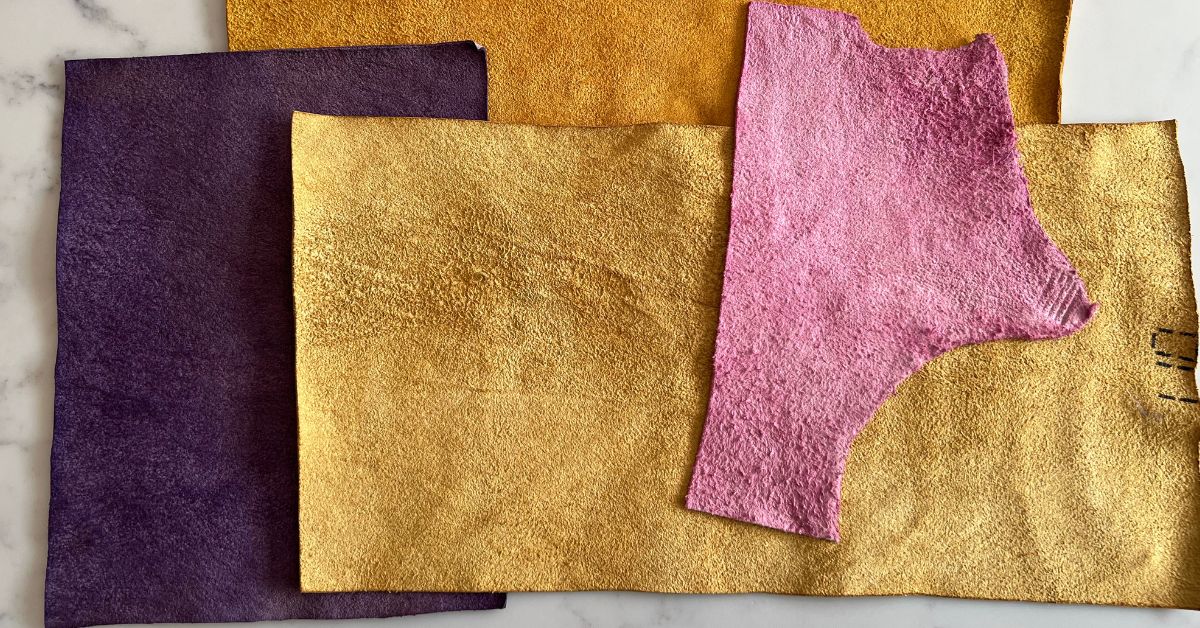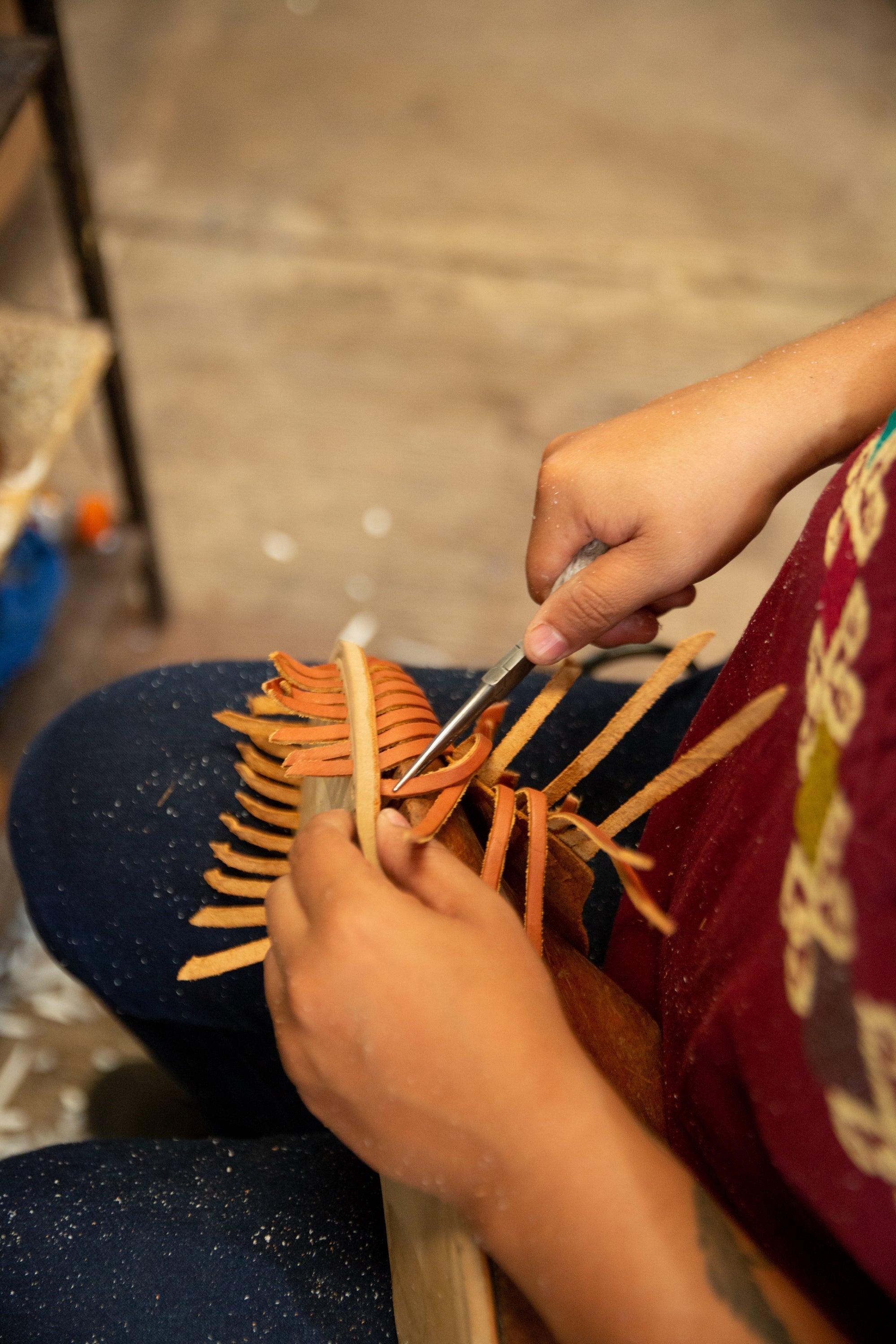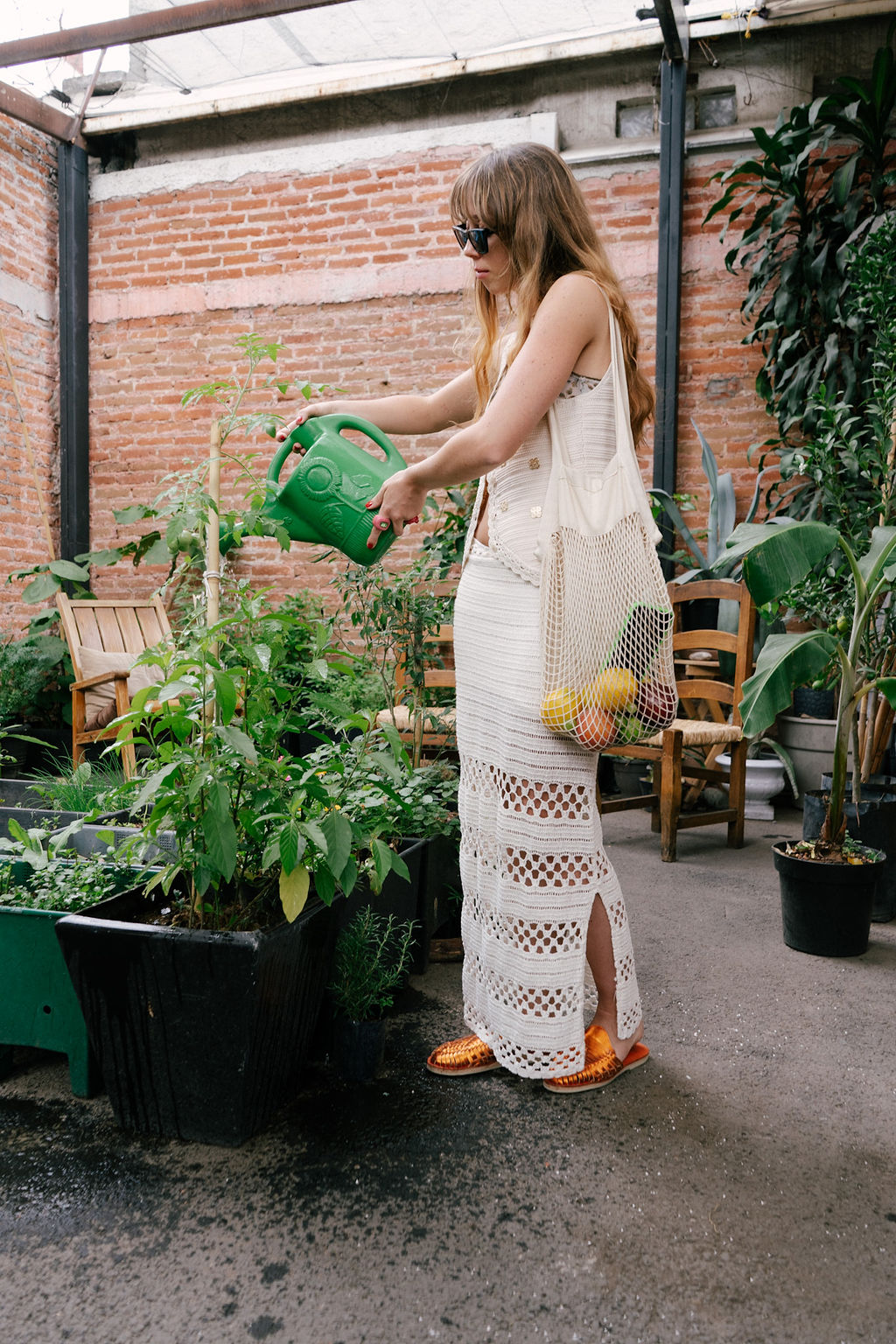Where hides become heritage, chemistry meets craft, and the future smells faintly of chestnut bark.

1. The Scent of History
Long before the word “supply chain” existed, tanning was already a cornerstone of urban life. The unmistakable mix of lime, smoke, and wet hide once drifted over riverbanks from Fez to Florence—and, closer to home, from León, Guanajuato, where more than a thousand small and medium tanneries still define the local identity. Generations of families learned to read a hide’s grain the way vintners read a grape, passing on recipes whispered in kilos of salt and days of soaking. Romance, however, has always shared space with reality: for decades many workshops discharged untreated effluent into local rivers, lacing the water with salt, sulfides, and chromium.

2. Chrome: The Twentieth-Century Shortcut
By the mid-1900s, basic chromium salts revolutionized tanning. A process that once took weeks in wooden vats could finish in 24–48 hours, producing the ubiquitous “wet-blue” hides that still dominate world trade. Today roughly 90 % of global leather is chrome-tanned—a triumph of speed and cost, but also the reason tanning remains on many lists of the world’s most polluting industries. Wastewater carries trivalent chromium (Cr III); if mishandled, it can oxidize into the far more toxic hexavalent form, contaminating soils and waterways.
3. Counting the Ecological Bill
Life-cycle assessments estimate that converting one square meter of hide into finished chrome leather releases about 22 kg CO2-eq and scores high for freshwater ecotoxicity—largely because of post-tanning chemicals and boiler fuel. Studies tracking Mexican tanneries link untreated discharges to bird die-offs and crop losses around León, underscoring how “cheap” leather is often subsidized by unseen environmental costs.

4. Vegetable Tanning: The Oldest New Idea
Centuries before chrome, artisans stabilized hides with tannins extracted from trees—sumac, oak, quebracho, mimosa, chestnut—slowly cross-linking collagen fibers into a warm, earthy hue. Those same plant extracts are resurging because they leave biodegradable residues and avoid heavy metals altogether. Modern drum methods, paired with concentrated tannin powders, shorten production from months to roughly two weeks without losing the classic aroma or potential for a rich patina.

5. From Tan to Tone: Natural Colour in the Dyehouse
Once a hide is veg-tanned, it readily absorbs natural dyes—cochineal for crimson, madder root for brick red, logwood for purples, onion skins for ochres. Switching to these dyes does more than ditch petro-based pigments; it revives agricultural by-products and regional lore (think cochineal caravans from Oaxaca or walnut harvests in Michoacán). Makers describe the process as “a chance to connect with the material” and enjoy dye rooms free of harsh chemical odors.

6. Innovation on the Workbench
Researchers are blending tradition with bio-chemistry. Aldehyde–vegetable combination tanning—using dialdehyde polysaccharides from cellulose with mimosa tannin—produces chrome-free leather that rivals conventional strength and heat resistance while creating wastewater that biodegrades readily. Other labs test fulvic-acid or metal-free systems, and even in-situ coloring that skips separate dye baths altogether. The common goal: minimize hazardous inputs and maximize circularity.
7. Where Espíritu Steps In
Espíritu was founded on the belief that huaraches carry stories, not seasons. As we pursue B Corp certification, we’re mapping every step of our supply chain—from hide sourcing to the very drums that turn them—transitioning toward vegetable tanning, natural dyes, and chrome-free innovations like the ones above. The path is gradual, but the direction is clear: leather with a lighter footprint, woven into sandals built to last. Because the ground beneath us deserves as much care as the craft on our feet.






